Using onion peels for seedlings
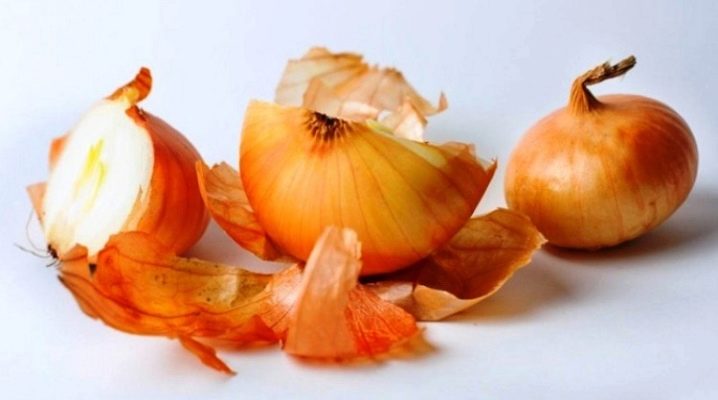
Often, various additional means and fertilizers are used to feed seedlings, contributing to the growth, development and obtaining a richer harvest. In some cases, ready-made, purchased formulations are used as fertilizer, but recently, gardeners are increasingly giving preference to natural remedies.
For example, onion skins can be used to prepare many variations of feeding for different types of seedlings. Let us consider in more detail the features and properties of such a fertilizer, as well as get acquainted with the recipes for preparation and rules of use.
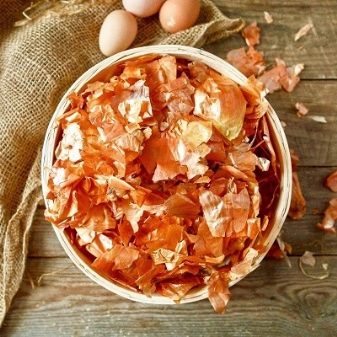
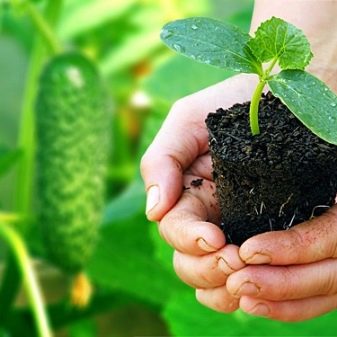
Peculiarities
Few people know, but onion peel is a fairly healthy product that contains many vitamins, minerals and various trace elements. For example, the content of phytoncides provides young seedlings with support and strengthening during the period of active growth, as well as protection against the negative influence of external microflora. And the presence of vitamins A, B and PP in the composition allows to ensure healthy development not only for young seedlings, but also for already strengthened seedlings. It is impossible not to mention that onion peel helps in the fight against all sorts of parasites and contributes to the development of immunity to their effects.
For example, with the help of a decoction, you can get rid of ticks, thrips and aphids, as well as prevent the appearance of such ailments as rot, black leg and bacteriosis. It is worth noting the fact that this type of fertilizer is the most affordable and environmentally friendly. And this means that at any time you can process the plants without harming future fruits, as well as the soil in which they are grown. But it is also important to take into account that funds made from onion peels may not always be effective, therefore, it is better to use professional formulations to combat some ailments.
In addition, when using onion peels, several important nuances must be taken into account.
- When preparing products, you initially receive concentrates that, in their pure form, are not suitable for processing plants and may even cause irreparable harm to them.
- The prepared products should be used cooled or cold. In no case should you water the plants with a hot solution, as this will lead to their death.
- When applying dressings, the regime must be observed.
- In no case should you use peeling rotten onions, since harmful bacteria are already beginning to multiply on them, which will also have a detrimental effect on other plants.

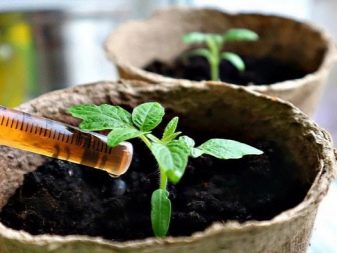
Application methods
There are several ways to prepare top dressing from onion peels and use the resulting product. The main thing – correct proportions and draw up a detailed fertilization plan. Let's look at a few recipes.
Infusion
To prepare the infusion, you must use the following ingredients:
- water - 2 liters;
- onion peels - 2 full cups.
In a previously prepared container, you need to pour the husks from the onion and pour it with water, after which the mixture is brought to a boil over high heat. After boiling, the fire must be reduced and the mixture boiled for 15 minutes, after which the container with the broth must be removed from the heat and left to infuse for the next day, stirring occasionally. As a result, you will get a concentrate from onion husks, which is diluted in a ratio of 1 to 10. The seedlings are treated with it. Most often, this method of preparing top dressing is used for watering seedlings in the evening. At the same time, on the next day, it is worth refusing to water the plants, even with plain water.
When preparing the infusion, take into account the number of young seedlings to be processed, since with prolonged storage, the product will begin to deteriorate and cause more harm than good.
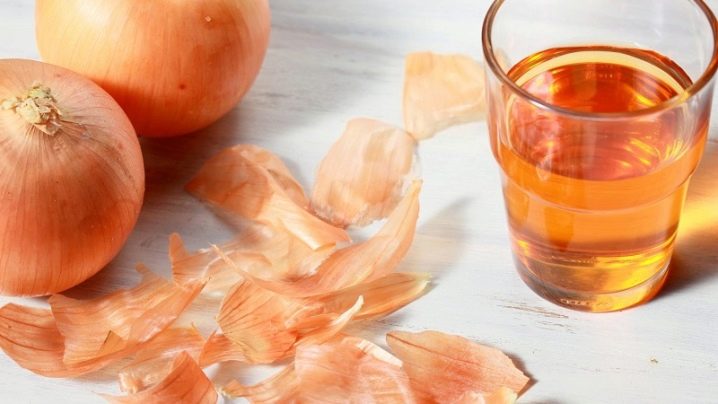
Extract
To prepare the extract, the following ingredients are required:
- onion husks;
- vodka.
In a glass jar, you need to fold the onion peel and fill it with vodka. Then the jar must be tightly closed and stored in a warm place, avoiding direct sunlight. After a week, the extract will be ready for use, and thanks to the alcohol base, it can be stored much longer, which allows you to use one liter can of the product throughout the planting season.
Most often, the extract is used for root feeding of plants, but in some cases it is necessary to resort to spraying. And also it must be remembered that it cannot be used in its pure form and must first be diluted with water.
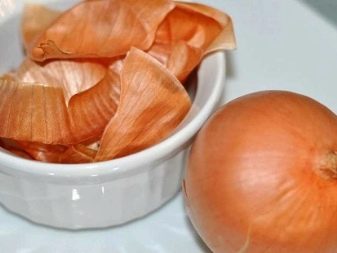
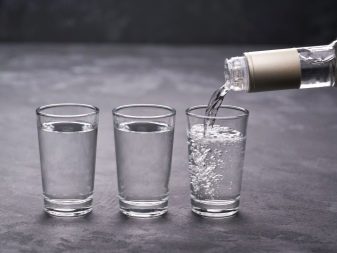
Decoction
The broth is the most popular fertilizer for various crops, since it is when it is used that the greatest efficiency is noted. For cooking, you need to prepare the following ingredients:
- onion husks - 1 glass;
- clean water - 400 ml.
Pour the onion skins with water and bring to a boil, then cook for another 15 minutes over low heat. The product does not need to be insisted and can be used immediately after cooling. Since we obtain a concentrate during the cooking process, it must be diluted with water in a ratio of 1 to 10 before use.
This dressing is used both for irrigation and for watering plants, but you should not abuse and often use the product - it is enough to process the plantings once a week... The broth left over after dyeing Easter eggs may well be useful as fertilizer.
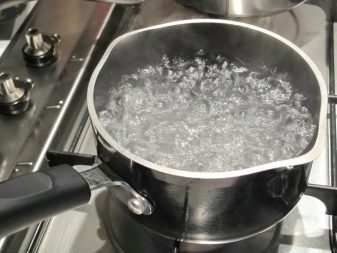
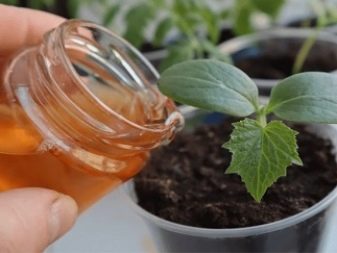
How to use to fertilize different crops?
Different crops may react differently to this or that fertilizer, the same applies to feeding from onion peels. Therefore, it is necessary to familiarize yourself with the processing features in advance and consider in what ways and how often you need to feed different plants.
For tomatoes
Tomatoes are best taken with a top dressing made from onion peels, since it not only protects the seedlings from diseases and pests, but also helps to form a stable immunity to their effects. Most often, homemade infusions are used to process tomatoes. The infusion solution is used for abundant watering - from 0.5 to 1.5 liters for each bush, depending on its size and age.
Fertilizer is applied only twice.
- During transplanting a seedling into the ground. After the pick, it is necessary to use additional means so that the plant takes root and is protected.
- During floweringwhen the plant is most in need of nutrients and protection.
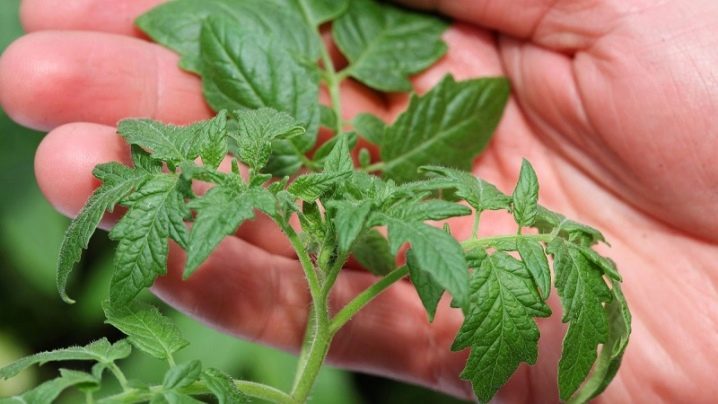
For pepper
For processing pepper, a decoction of onion peels is most often taken, prepared in the proportion of 2 cups of peelings to 2 liters of water. The diluted pepper decoction is used exclusively as root dressing and is not suitable for irrigation.
The fertilizer is stored for a short time, only a day, after which it becomes unusable.
For flowers
Most often, onion peels are used for emergency flower care, be it garden or home plants. In cases where the flowers began to fade, the leaves lost their tone, and yellowness appeared, spraying with a solution of onion peels will be the most effective way to return the plants to their former health and beauty.
A diluted broth is used as a fertilizer, and processing is carried out twice a week.In exceptional cases, you can use a watering solution, for example, when replanting a damaged flower or to feed a wilted plant at home.
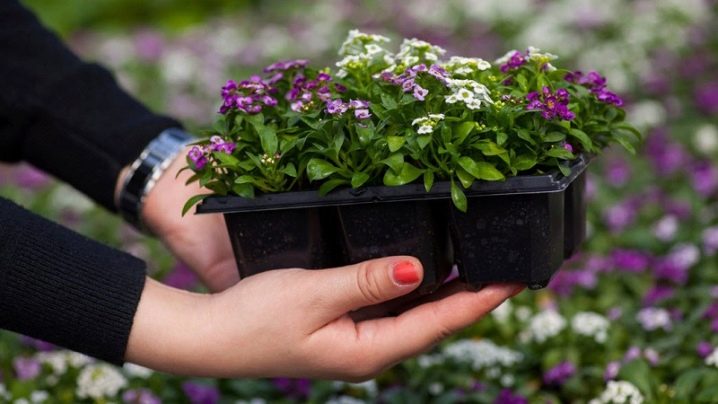
For cucumbers
Onion peel infusion is excellent for treating cucumbers and preventing the appearance of fungal diseases. A characteristic feature of fertilization in this case is that to dilute the infusion, you need to use twice as much water... Fertilizer is used for watering, when transplanting a plant into the ground, as well as for irrigation during the flowering period, paying attention exclusively to the leaves.
Do not use a solution that is too concentrated for pest control, as you risk growing fruit with a bitter taste. In order to scare off harmful insects, it is better to put a container with the infusion concentrate next to the garden bed - this will be enough.
Pumpkin, potatoes, radish
For planting tuberous plants, dry onion husks are very often added to the holes. In this case, it does not harm the taste of the fruit, but helps to maintain their immunity and protect against pests.
As for pumpkin and radish, foliar spraying or drip irrigation in the evening is more suitable for processing these plants, since the solution should not come into contact with direct sunlight.
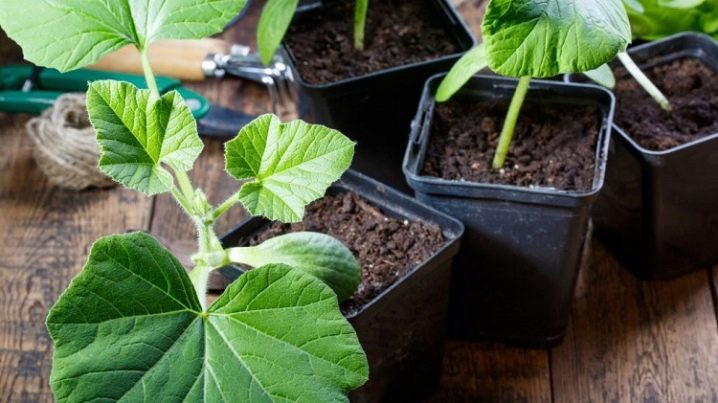
Strawberry
You can also use onion skins to keep strawberries from becoming gray rot. In this case, all three options for preparing the solution are suitable for feeding, the main thing is not to overdo it with the amount.
It is necessary to use fertilizer after flowering, as well as after the end of the fruiting season in any way convenient for you.
Application against diseases and pests
As mentioned earlier, onion peel products are very effective in pest control, so they are actively used during planting and growing crops.
Onion decoctions and infusions help get rid of the following harmful insects:
- moths;
- aphids;
- wireworm;
- Colorado potato beetle;
- flea beetles;
- spider mite;
- thrips.
To do this, add a small amount of laundry soap to the onion solution. Water it for 3 days. With regard to diseases, it should be noted that standard solutions are used to control them, and treatment is carried out by spraying.
Processing will help defeat the following ailments:
- black leg;
- powdery mildew;
- rot;
- bacteriosis and bacterial cancer.

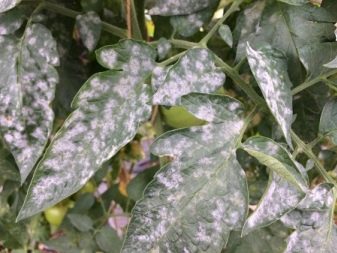













The comment was sent successfully.